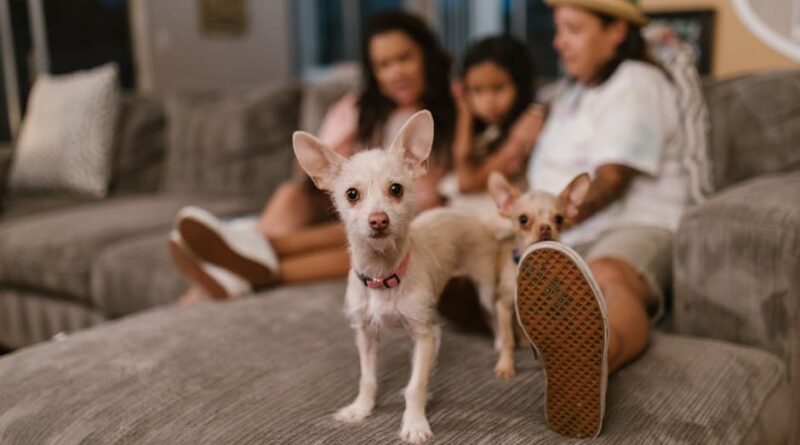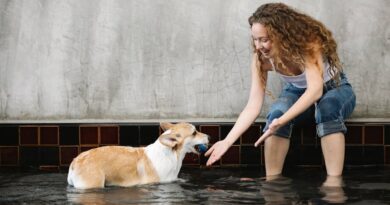Introducing Dogs to Other Pets: A Comprehensive Guide
Introducing a new pet into your home can be an exciting yet nerve-wracking experience, especially when it comes to introducing dogs to other pets. Whether you have a dog and are considering getting a new pet, or you already have multiple pets and are looking to add a dog to the mix, it’s essential to approach the introduction process with care and consideration. In this comprehensive guide, we will explore the best practices for introducing dogs to other pets, including cats, birds, rabbits, and more. From understanding animal behavior to creating a safe environment, we will cover everything you need to know to ensure a smooth and successful introduction.
The Importance of Proper Introductions
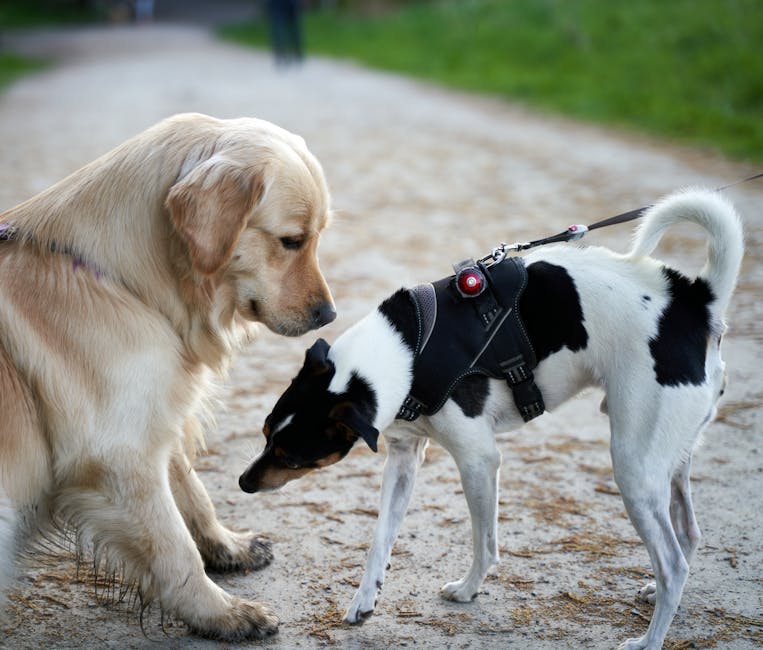
Introducing a new pet to your existing furry family members is crucial for a harmonious coexistence. Dogs, like humans, can experience stress and anxiety when faced with unfamiliar animals, which can lead to aggression or other negative behaviors. By taking the time to introduce your dog to other pets properly, you can help prevent conflicts and establish positive relationships from the start.
Research has shown that the way in which animals are introduced to each other can significantly impact their future interactions. Proper introductions can help reduce stress and anxiety, build trust between animals, and create a sense of safety and security in the home. On the other hand, rushed or poorly managed introductions can lead to fear, hostility, and territorial disputes that may be challenging to resolve.
Understanding Canine Behavior
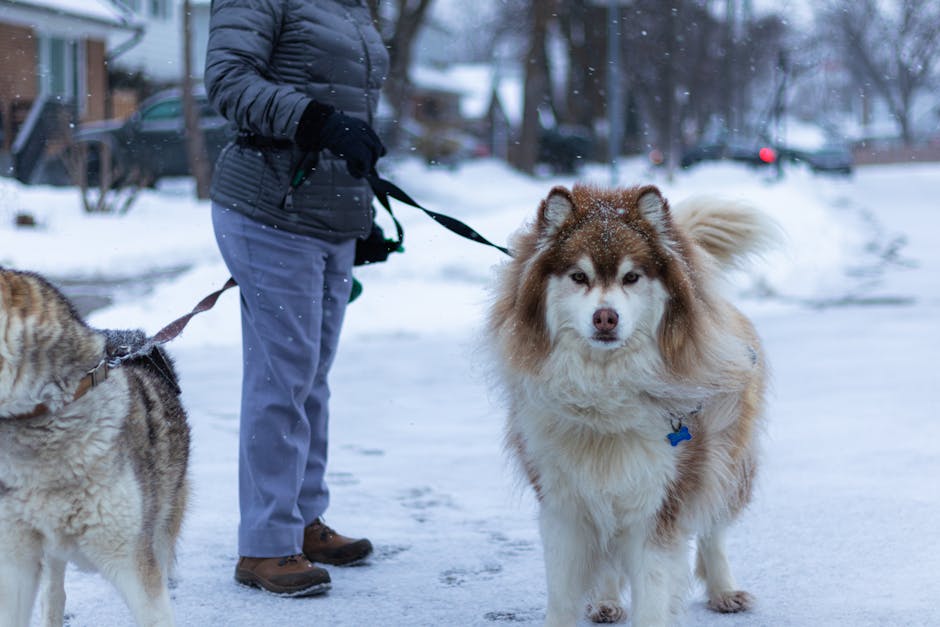
Before introducing your dog to other pets, it’s essential to have a basic understanding of canine behavior. Dogs are pack animals by nature, and their behavior is influenced by their instinctual drive to establish a hierarchy within the pack. When introducing a new pet to your dog, it’s crucial to consider your dog’s age, breed, temperament, and past experiences with other animals.
Some dogs may be naturally more sociable and open to new interactions, while others may be more reserved or territorial. Understanding your dog’s personality and tendencies can help you anticipate their reaction to a new pet and adjust your introduction strategy accordingly. Additionally, consider the breed-specific traits of your dog, as some breeds are known to be more compatible with other animals than others.
Preparing for the Introduction

Before bringing a new pet into your home, take the time to prepare your dog for the introduction. Start by ensuring that your dog is up to date on vaccinations and parasite prevention to protect both them and the new pet from potential health risks. Provide your dog with plenty of exercise and mental stimulation to help reduce their stress levels and prevent excessive excitement during the introduction.
It’s also essential to create a safe and secure environment for the introduction. Choose a neutral location for the initial meeting, such as a nearby park or a friend’s backyard, to reduce territorial behavior. Remove any toys, food bowls, or other items that may trigger possessive behavior in your dog. Keep your dog on a leash during the introduction to maintain control and prevent any sudden movements.
Gradual Introductions
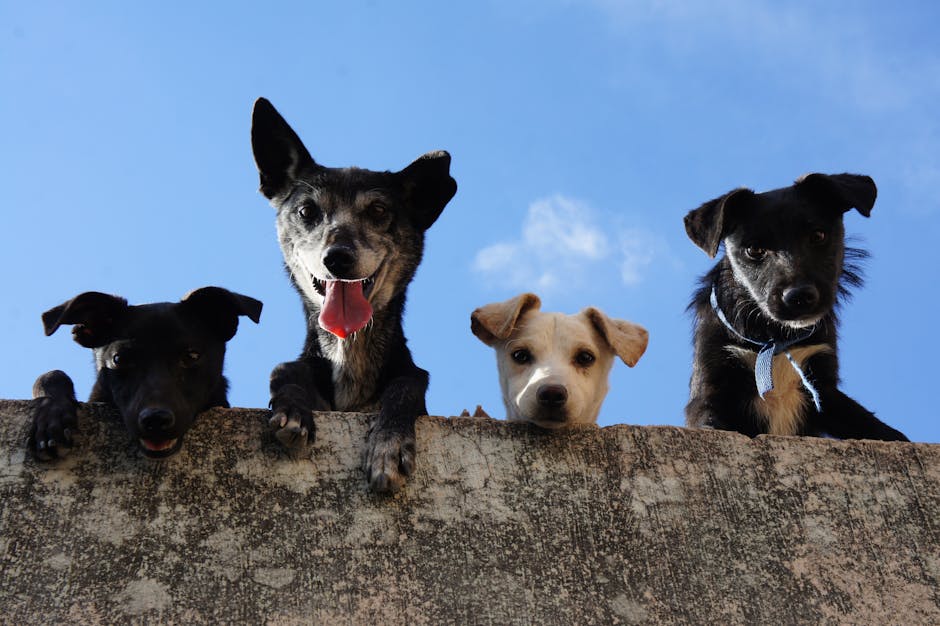
When introducing your dog to a new pet, it’s essential to take things slow and proceed at a pace that is comfortable for both animals. Start by allowing the animals to get acquainted with each other’s scent before moving on to visual introductions. Swap bedding or toys between the animals to help them become familiar with each other’s scent before the face-to-face meeting.
Next, allow the animals to see each other from a distance before moving closer together. Watch for signs of stress or aggression, such as growling, barking, or raised fur, and be prepared to separate the animals if necessary. Gradually decrease the distance between the animals over several days or weeks, depending on their comfort level and behavior.
Supervised Interactions
Once the animals have become familiar with each other’s presence, you can begin to allow supervised interactions between them. Keep a close eye on their body language and behavior, and be prepared to intervene if things escalate. Use positive reinforcement, such as treats and praise, to reward calm and friendly interactions between the animals.
During supervised interactions, be mindful of each animal’s individual needs and boundaries. Provide each animal with their own space to retreat to if they feel overwhelmed or stressed. Avoid forcing interactions or allowing the animals to engage in rough play that may lead to aggression. With time, patience, and consistent supervision, the animals can learn to coexist peacefully and even develop strong bonds with each other.
Common Challenges and Solutions
Introducing dogs to other pets can come with its share of challenges, but with the right approach, most issues can be addressed and resolved. Some common challenges you may encounter when introducing dogs to other pets include:
1. Aggression:
If your dog displays aggressive behavior towards the new pet, it’s essential to address the underlying cause of the aggression. Consult with a professional dog trainer or behaviorist to develop a behavior modification plan that can help your dog overcome their aggressive tendencies.
2. Resource Guarding:
Dogs may exhibit resource guarding behavior, such as growling or snapping when another animal approaches their food or toys. To prevent resource guarding, feed the animals in separate areas and provide each animal with their own toys and belongings.
3. Prey Drive:
Some dogs have a high prey drive and may see smaller pets, such as birds or rabbits, as prey. To prevent predatory behavior, never leave your dog unsupervised with small animals, and provide secure enclosures or habitats for the smaller pets.
Expert Opinions
According to Dr. Karen Overall, a veterinary behaviorist, “Properly introducing dogs to other pets is crucial for establishing a peaceful and harmonious household. By following a gradual introduction process and providing positive reinforcement, pet owners can help their animals build positive relationships and coexist peacefully.”
Conclusion
In conclusion, introducing dogs to other pets requires patience, understanding, and careful planning. By taking the time to prepare your dog for the introduction, create a safe environment, and proceed with gradual introductions, you can help set the stage for a successful and harmonious relationship between your furry family members. Remember to monitor the interactions between the animals closely, address any challenges that may arise, and seek professional guidance if needed. With the right approach and a little bit of time, your dog and other pets can learn to coexist peacefully and even become the best of friends.
Introducing a new pet into your home can be an exciting yet nerve-wracking experience, especially when it comes to introducing dogs to other pets. Whether you have a dog and are considering getting a new pet, or you already have multiple pets and are looking to add a dog to the mix, it’s essential to approach the introduction process with care and consideration. In this comprehensive guide, we will explore the best practices for introducing dogs to other pets, including cats, birds, rabbits, and more. From understanding animal behavior to creating a safe environment, we will cover everything you need to know to ensure a smooth and successful introduction.
Understanding Canine Behavior
Before introducing your dog to other pets, it’s essential to have a basic understanding of canine behavior. Dogs are pack animals by nature, and their behavior is influenced by their instinctual drive to establish a hierarchy within the pack. When introducing a new pet to your dog, it’s crucial to consider your dog’s age, breed, temperament, and past experiences with other animals.
Some dogs may be naturally more sociable and open to new interactions, while others may be more reserved or territorial. Understanding your dog’s personality and tendencies can help you anticipate their reaction to a new pet and adjust your introduction strategy accordingly. Additionally, consider the breed-specific traits of your dog, as some breeds are known to be more compatible with other animals than others.
Resource Guarding:
Dogs may exhibit resource guarding behavior, such as growling or snapping when another animal approaches their food or toys. To prevent resource guarding, feed the animals in separate areas and provide each animal with their own toys and belongings.
Prey Drive:
Some dogs have a high prey drive and may see smaller pets, such as birds or rabbits, as prey. To prevent predatory behavior, never leave your dog unsupervised with small animals, and provide secure enclosures or habitats for the smaller pets.
Expert Opinions
According to Dr. Karen Overall, a veterinary behaviorist, “Properly introducing dogs to other pets is crucial for establishing a peaceful and harmonious household. By following a gradual introduction process and providing positive reinforcement, pet owners can help their animals build positive relationships and coexist peacefully.”
Conclusion
In conclusion, introducing dogs to other pets requires patience, understanding, and careful planning. By taking the time to prepare your dog for the introduction, create a safe environment, and proceed with gradual introductions, you can help set the stage for a successful and harmonious relationship between your furry family members. Remember to monitor the interactions between the animals closely, address any challenges that may arise, and seek professional guidance if needed. With the right approach and a little bit of time, your dog and other pets can learn to coexist peacefully and even become the best of friends.

